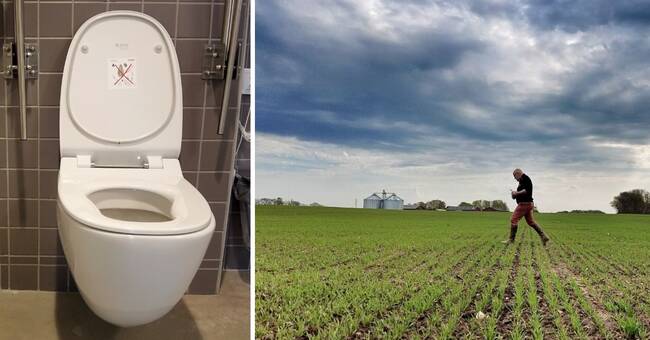In Oceanhamnen in Helsingborg, a completely new district is emerging and here all homes have a vacuum toilet that uses only 0.5-1 liters of water per flush compared to regular toilets that can use up to ten liters of water per flush.
- When the toilet waste becomes so concentrated, it also becomes economically reasonable to recycle the substances that we will use for manure, says Hamse Kjerstadius, project manager at Northwest Skåne's water and sewage.
Phosphorus and nitrogen are extracted
The faeces from Oceanhamnen are sent in a separate pipe to the municipal treatment plant a few hundred meters away.
Then pure phosphorus and nitrogen must be extracted from the toilet waste in the form of ammonium sulphate and struvite.
- The end product is recycled phosphorus and nitrogen in pellet form and these are the substances that agriculture needs.
If this is going to be as good as we think, then there is something that can be done in other cities as well.
Testing in agriculture has begun
In September, the entire plant will be up and running, so now ammonium results are added and struvite from other production.
But the end product should be the same.
Test fertilization has been going on for a year and then this fertilizer is compared with conventional artificial fertilizer.
- We see a small difference between these different fertilizer products. It is promising, interesting and challenging. Human faeces originate in the field and now we see how we can return this and get a good effect in the crop, says Lars Törner at LRF in Helsingborg.

